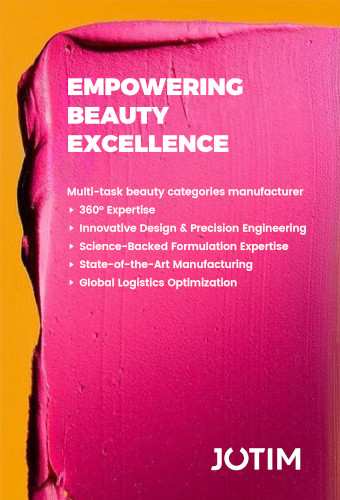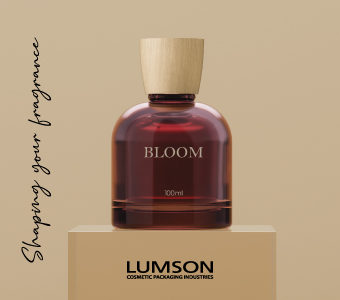Steady but contrasted growth
All studies confirm that men are increasingly paying attention to their personal appearance, with the youngest generations being as vain as their female counterparts. Six in 10 (65%) European men would consider their appearance important and almost half (48%) admit that what they want most is to look attractive and well groomed.
Sales of men’s beauty and personal care products are subsequently progressing at a steady pace. According to Euromonitor, the global men’s grooming market grew by 7.4% from 2009 to 2010, to reach 29,6 billion US dollars in retail value, while beauty and personal care products in general grew by 5.2%, to reach 382,2 US dollars in 2010. In Western Europe, sales of men’s cosmetics grew by 3.1% from 2009 to 2010, compared to +2.0% for the overall market.

Thus, despite their dynamism, sales are not skyrocketing in developed markets. Mintel estimates that the overall male grooming category in France, Germany, Italy, Spain and the UK was valued at 6.6 billion euros, an increase of just 8% since 2005. “While the category is set to grow by a further 8% to EUR 7.2 billion (USD 9.5 billion) between 2010 and 2014, the slight dip in 2009, due to the economic crisis, has led to men buying fewer and cheaper grooming products,” explains the market research firm.
Actually, as far as sales are concerned, all male grooming categories are not equal. For instance, the market for shaving products and razors, has remained largely stagnant in the five biggest European countries [1]. According to Mintel, sales in these segments grew from 1.85 billion euros in 2005 to only 2 billion euros in 2010.
Increasing interest for skin care products
Over the years, with penetration rates remaining relatively low, skin care products have emerged as the most promising product category in this market. Indeed, according to a new study conducted by The NPD Group, over 9 in 10 men (ages 18+) in the U.S. are using some sort of grooming product today [2]. However, only one quarter of men are currently using facial skincare products [3] such as facial cleansers and moisturizers, lip and eye products, and anti-aging treatments.
“There is a huge opportunity with men for facial skincare. The challenge is getting them involved and engaged,” says Karen Grant, vice president and senior global industry analyst, The NPD Group. “Seventy-five percent of men ages 18 and up are not currently using facial skincare products. There is a feeling that facial skincare products are not needed unless you have a specific skin problem such as acne. For men to use a product, he first must be aware that there is an underlying need that requires addressing,” she adds.
In Europe, Germany and Spain have registered the greatest growth in male skincare sales over the past five years. Indeed, the German men’s skincare market grew from EUR 65 million (USD 85 million) in 2005 to EUR 130 million (USD 171 million) in 2010, a stunning 100% increase between 2005 and 2010. Similarly, the Spanish market for male skincare grew from EUR 29 million to EUR 51 million between 2005 and 2010, with a growth of 76% in five years. No other sectors within the grooming market have registered the same outstanding performance.
“Men show a huge interest in keeping young looking which has fuelled demand for skincare products that combat signs of fatigue, stress and ageing. An increase in information about male grooming in the media, the availability of a wider range of products, and the wider usage of celebrities to endorse brands has benefited the male grooming category in the past five years,” explains Nica Lewis, Global Skincare Analyst at Mintel.
When it comes to new trends, botanical and herbal products dominate with three in ten new launches during the 18 months to June 2011 featuring botanical ingredients, according to Mintel. Dermatologically tested is the second most popular claim in Western European countries. While just under a quarter of new launches claimed to moisturise or hydrate.



































